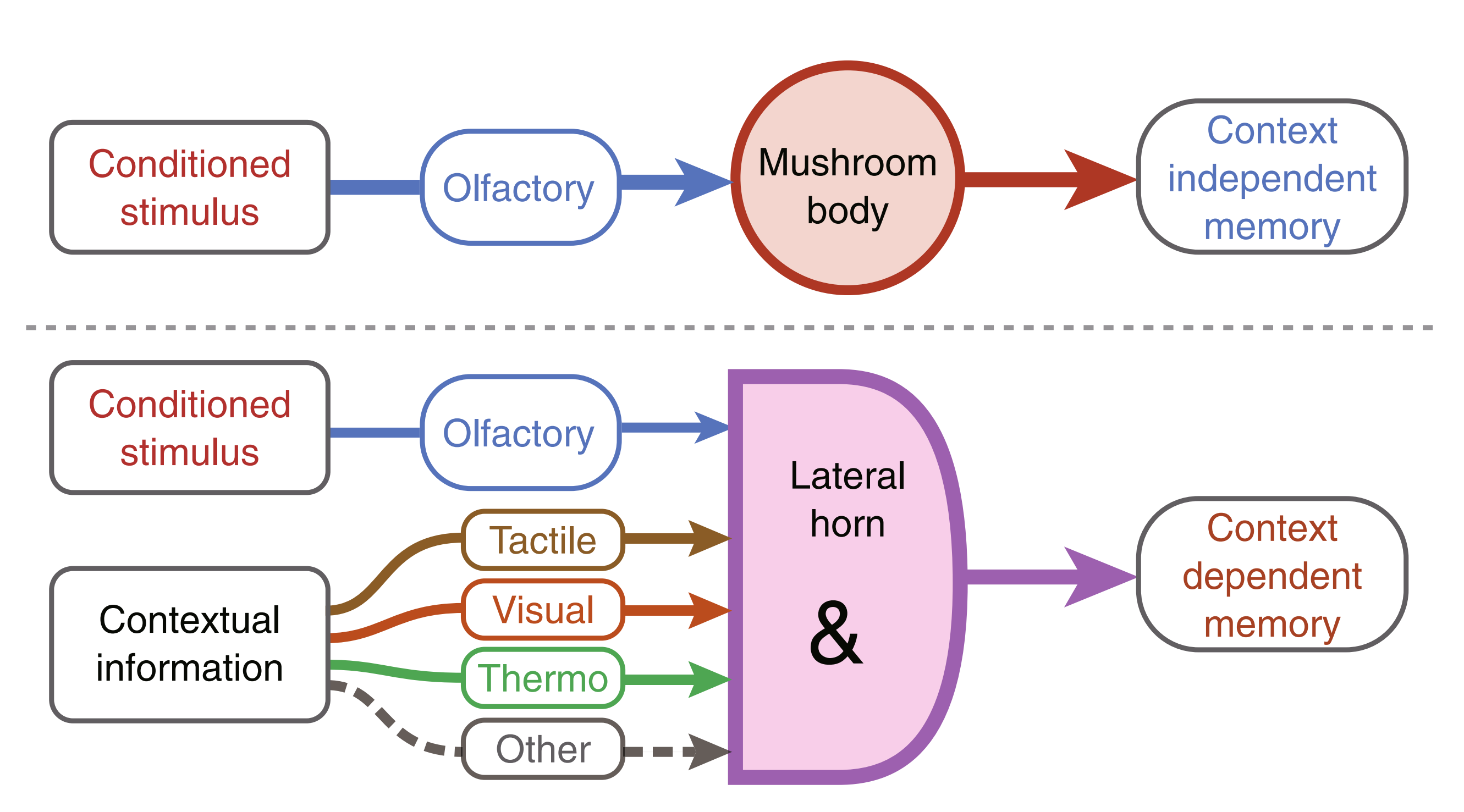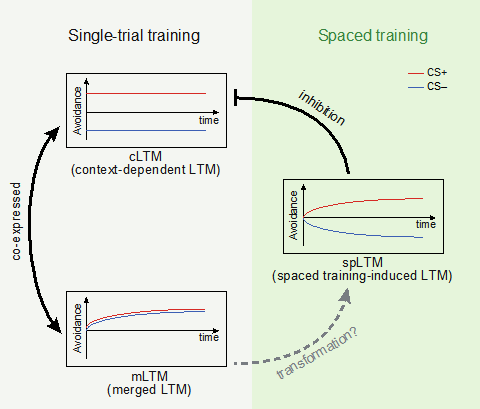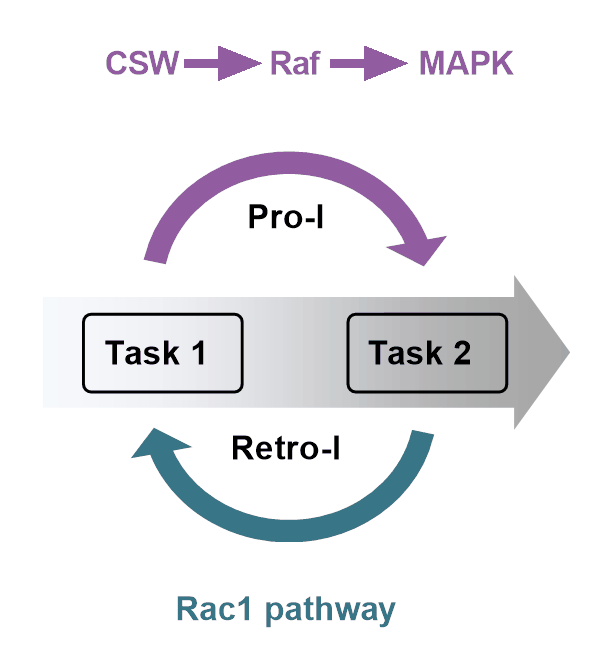Bohan Zhao
I am an AHA postdoctoral fellow in the lab of Li Ye at Scripps Research/HHMI. My research focuses on how adipose tissue communicates with the brain to regulate metabolism and behavior, with a particular emphasis on the role of adipose sensation in behavioral and mental disorders. Using in vivo whole-brain activity recording, viral-genetic tracing, and whole-brain clearing, I aim to map the neural circuits mediating brain-body interactions in metabolic homeostasis and investigate how their dysfunction contributes to metabolic and mood disorders.
Prior to this, I earned my Ph.D. in neuroscience at Tsinghua University under the mentorship of Yi Zhong, where I investigated how sensory stimuli shape long-term memory formation in Drosophila. My research led to the discovery of "context-dependent memory" and "merged memory". Building on this foundation, I pursued further study as an EMBO Postdoctoral Fellow with Gero Miesenböck at the University of Oxford, where I studied the neural mechanisms of sleep regulation and refined my expertise in in vivo electrophysiology and multiphoton imaging.
Outside the lab, I enjoy exploring new hiking trails, rock climbing, teaching myself electric guitar, and contemplating big questions in neuroscience, psychology, and philosophy.
Research
My current research interests lie in how sensory information affects behavior and cognition, with a focus on developing therapeutic strategies for neurological and psychological disorders.

Zhao B, Sun J, Zhang X, Mo H, Niu Y, Li Q, Wang L, Zhong Y.
> Highlighted by Giurfa and Brembs. F1000Prime (2019)
We discovered a novel context-dependent long-term memory (cLTM) encoded in the lateral horn—a higher-order olfactory center. Unlike conventional memories, cLTM forms rapidly, lasts a lifetime, and bypasses protein synthesis. Our findings reveal that multisensory integration actively stabilizes memory, explaining why familiar contexts often revive seemingly forgotten memories.

Zhao B, Sun J, Li Q, Zhong Y
This work identifies "merged memory" (mLTM), a generalized emotional memory that attributes aversion to an entire experience. It sheds light on how emotional biases distort memory precision—offering a model to understand anxiety, PTSD, and affective decision-making.

Zhao B, Zhang X, Zhao J, Li Q
This study explores how different long-term memories (spLTM, cLTM, mLTM) interact within the brain. It highlights how the olfactory system integrates competing memory traces, balancing behavioral flexibility and memory precision.

Zhao J, Zhang X, Zhao B, Hu W, Diao T, Wang L, Li Q
We identified two molecularly distinct pathways regulating learning interference:
- Proactive interference (older memories block new learning) – mediated by the CSW/Raf/MAPK pathway
- Retroactive interference (new memories erase old ones) – controlled by Rac1-based forgetting
This work reveals a genetic framework for memory competition and highlights how the brain prioritizes information across time.
Awards
- AHA Postdoctoral Fellowship, American Heart Association, 2023–2025
- Dorris Scholar Award, The Scripps Research Institute, 2023
- EMBO Postdoctoral Fellowship, EMBO, 2021–2023
- First-Class Comprehensive Scholarship/Optics Valley Scholarship, 2020
- Award for Outstanding Research Achievement, IDG/McGovern-Tsinghua, 2019
- National Graduate Scholarship (China), 2019
- Top Talent Scholarship, Sichuan University, 2013
Academic Activities
- Dorris Neuroscience Center Seminar, Scripps Research (2025) – Lecture
- Young Scholar Forum, Center for Excellence in Brain Science & Intelligence Technology, CAS (2021) – Lecture
- IDG/McGovern Institute Annual Conference, Tsinghua University (2021) – Lecture
- Biology Forum, Tsinghua University (2020) – Lecture
- Beijing Area Drosophila Meeting, Tsinghua University (2019) – Lecture
- Intl. Symposium on Nerve Cells, Circuits, and Behaviors, Tsinghua University (2019) – Poster
- Neuroscience 2018, Society for Neuroscience, San Diego (2018) – Poster
- MCCS 2018, Molecular and Cellular Cognition Society, San Diego (2018) – Poster
